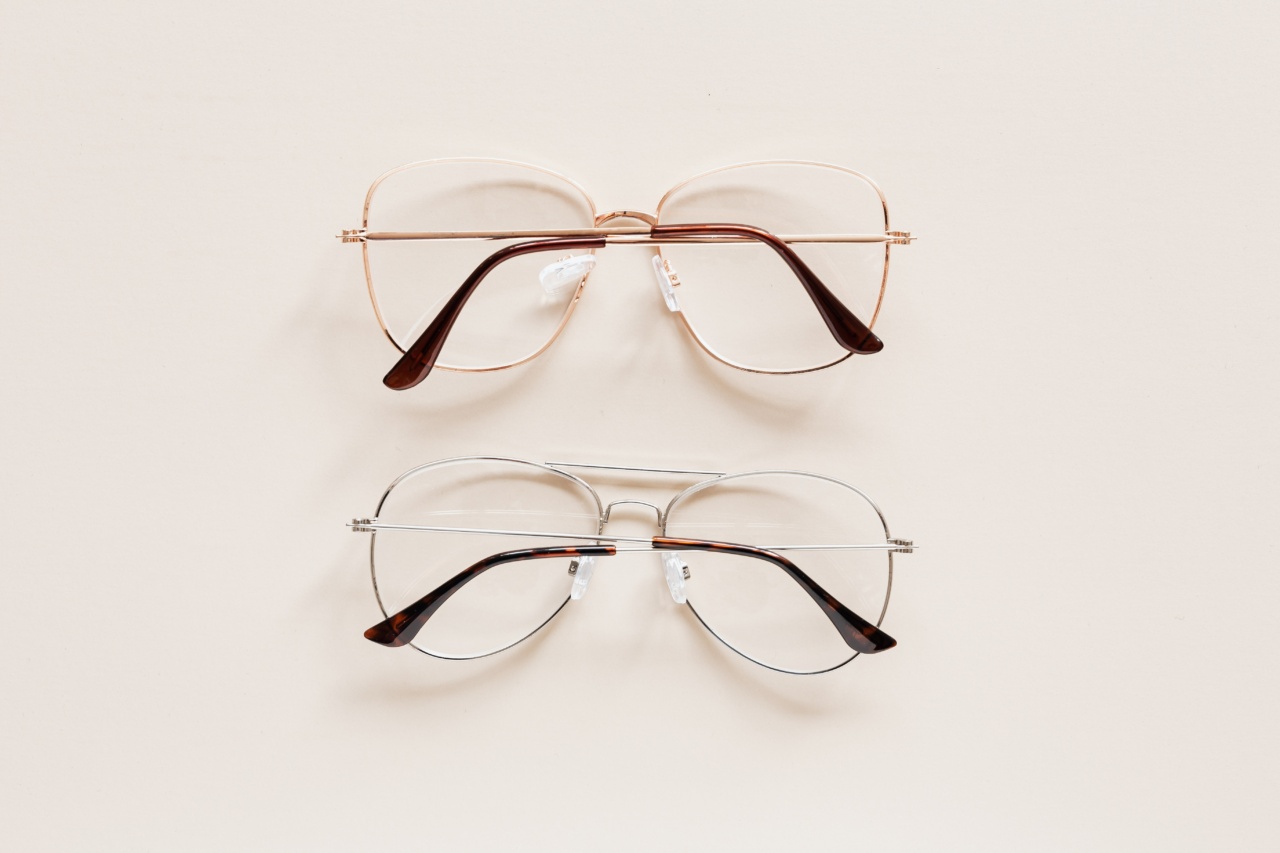There is a growing body of evidence that suggests a correlation between ophthalmological findings and cardiovascular disease.
As the eye is a unique window into the body’s blood vessels, it is now recognized by medical professionals as a valuable tool for the diagnosis, prevention, and management of cardiovascular disease. This article aims to explore the correlation between ophthalmological findings and cardiovascular disease, and how eye examinations could play a significant role in predicting and preventing cardiovascular disease.
The Link Between Cardiovascular Disease and the Eye
Cardiovascular disease (CVD) and ophthalmological disorders share common risk factors, such as hypertension, diabetes, hypercholesterolemia, and obesity.
These are all systemic conditions that can affect the blood vessels behind the eye as well as other organs in the body. For this reason, the examination of the eye can provide clues to the presence of CVD.
Ophthalmological Indicators of Cardiovascular Disease
Changes in retinal blood vessels can provide valuable information about the presence and severity of CVD.
Retinal vascular changes can range from the obvious, such as arterial and venous occlusion, to the more subtle, such as arterio-venous nicking, cotton wool spots, and microaneurysms.
Retinal Arteriolar Narrowing
Retinal arteriolar narrowing (RAN) is a key ophthalmological finding that has been linked to CVD. It is defined as a reduction in the diameter of the retinal arterioles, which are the small blood vessels that carry oxygen and nutrients to the retina.
RAN is thought to result from damage to the endothelial lining of these blood vessels, which can occur as a result of hypertension or diabetes, for example. Several studies have shown that RAN is associated with an increased risk of CVD, including stroke and myocardial infarction.
Retinal Vascular Caliber
Retinal vascular caliber (RVC) is another ophthalmological indicator that has been linked to CVD. RVC refers to the size of the retinal arterioles and venules.
Narrow arterioles and wider venules have been shown to be associated with an increased risk of CVD. One study found that people with the narrowest arterioles had double the risk of developing myocardial infarction compared to those with the widest arterioles. Wide venules have also been linked to an increased risk of stroke.
Macular Degeneration
Age-related macular degeneration (AMD) is a common cause of blindness in the elderly. It has been suggested that AMD and CVD share common mechanisms, including inflammation and oxidative stress.
Epidemiological studies have found a significant association between AMD and CVD, particularly hypertension and coronary artery disease. Individuals with moderate to severe AMD are also more likely to have thicker carotid arteries, which are a key indicator of atherosclerosis.
Diabetic Retinopathy
Diabetic retinopathy (DR) is a serious complication of diabetes mellitus. It occurs when high blood sugar levels cause damage to the small blood vessels in the retina. DR is another ophthalmological indicator that has been linked to CVD.
Both diseases share common risk factors, such as hypertension and hyperlipidemia. A recent meta-analysis found that patients with DR have a 60% increased risk of developing CVD compared to those without DR.
Glaucoma
Glaucoma is a group of eye diseases that damage the optic nerve and can lead to permanent vision loss. Studies have shown that glaucoma is associated with an increased risk of CVD, particularly stroke and coronary artery disease.
The link between the two diseases may be due to the shared risk factors, such as hypertension and vascular dysfunction.
Cataracts
Cataracts are a clouding of the eye’s lens and are a common cause of visual impairment. There is some evidence to suggest that cataracts may be associated with an increased risk of CVD.
One study found that individuals with severe cataracts had a 50% increased risk of CVD compared to those without cataracts.
Conclusion
The examination of the eye can provide valuable information about the presence and severity of cardiovascular disease.
Ophthalmological findings such as retinal arteriolar narrowing, retinal vascular caliber, macular degeneration, diabetic retinopathy, glaucoma, and cataracts have all been linked to an increased risk of CVD. As such, eye examinations could play a significant role in predicting and preventing CVD, particularly in those with common risk factors such as hypertension and diabetes.

























